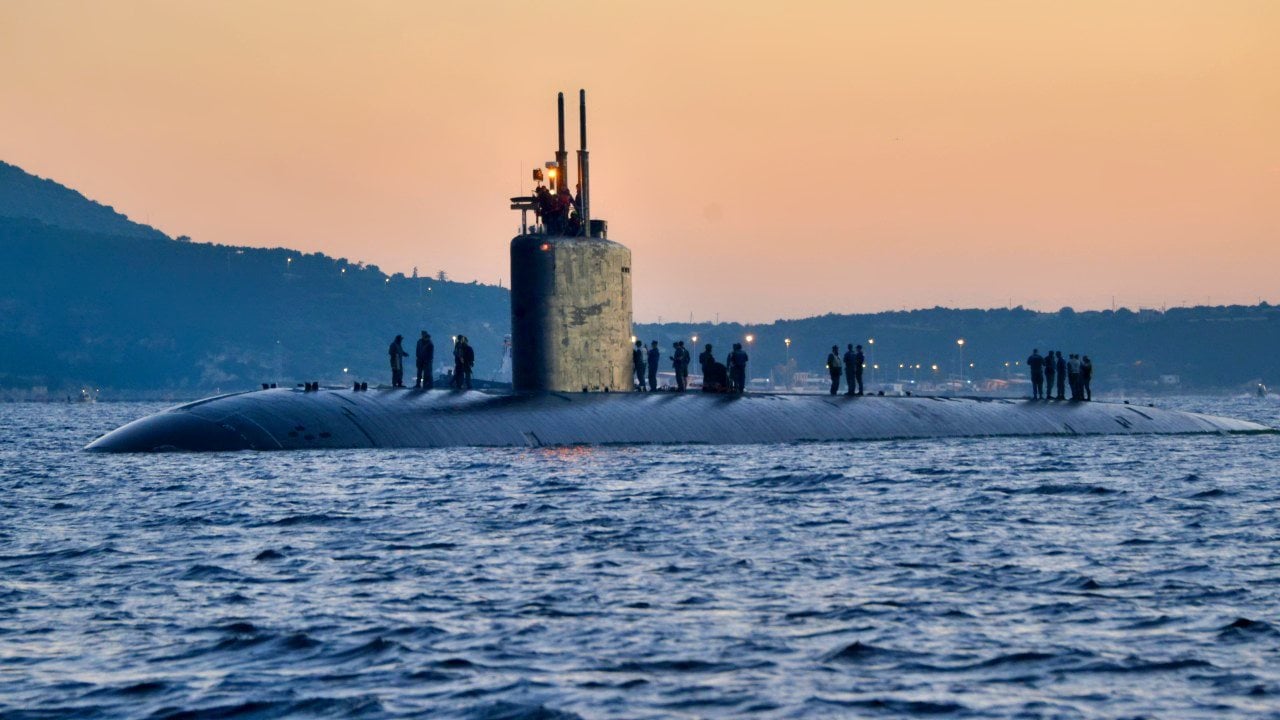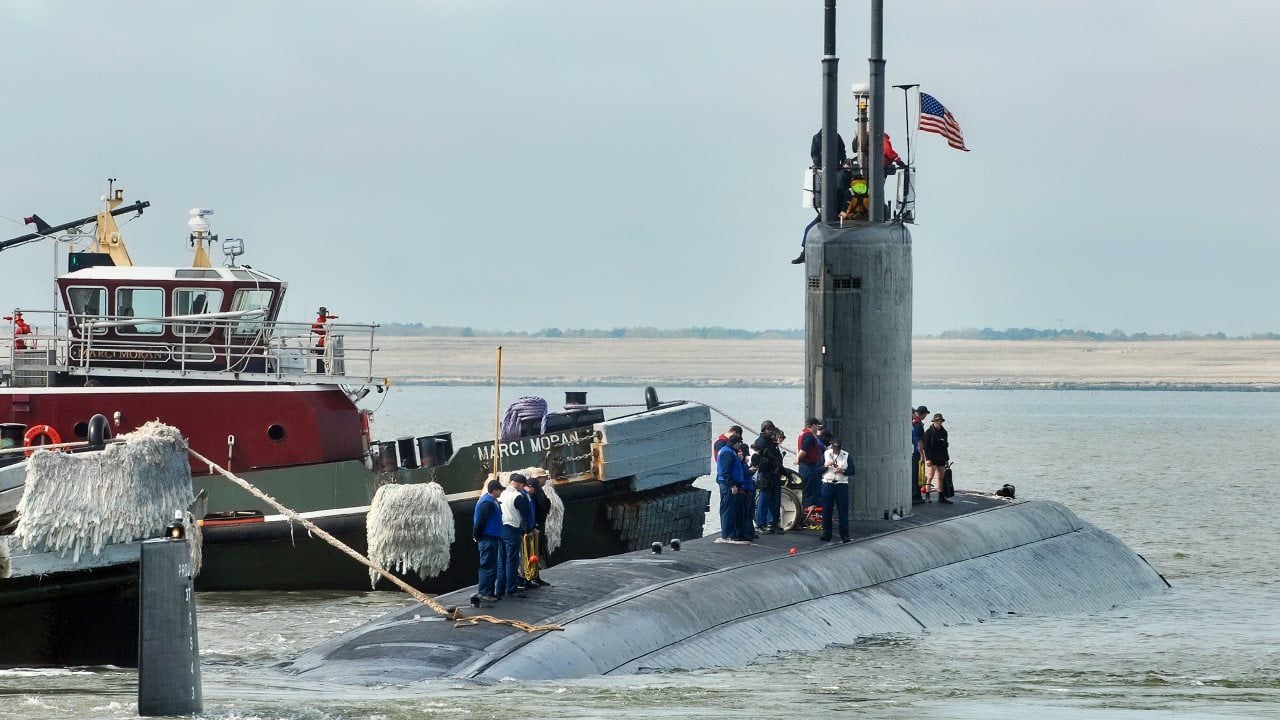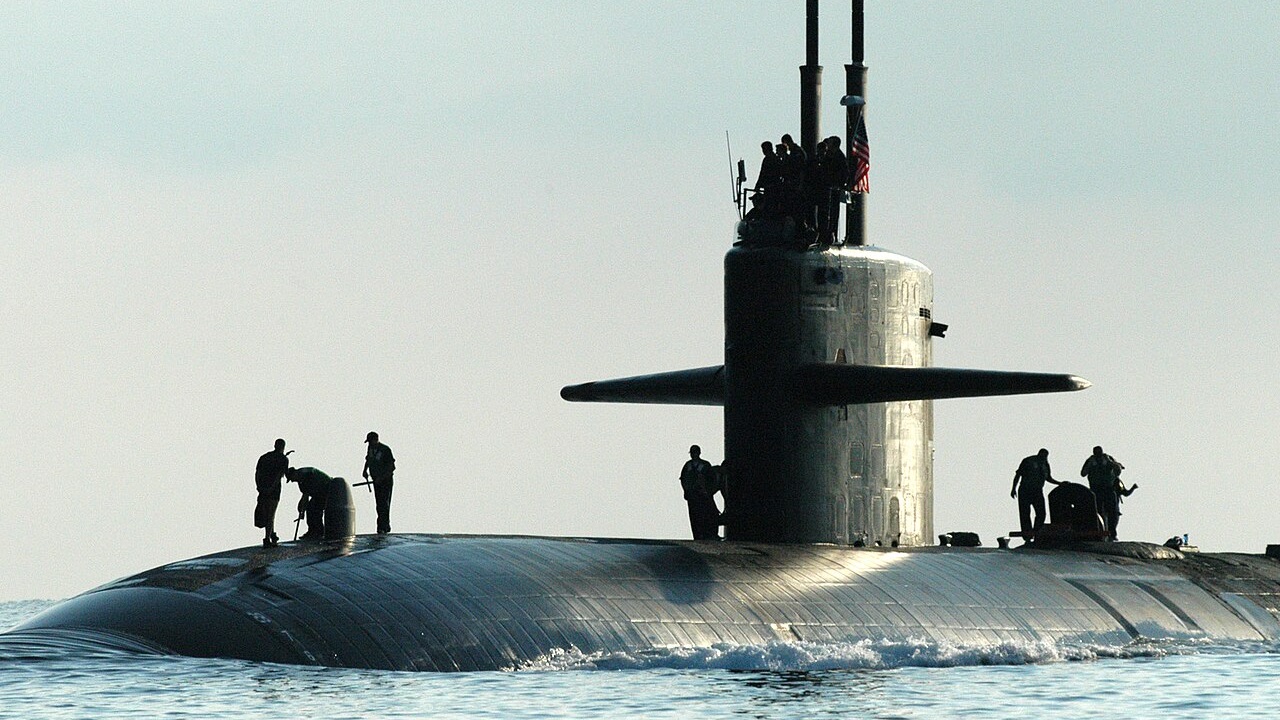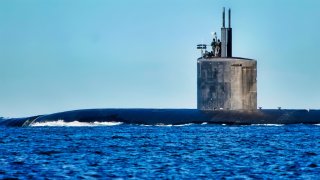$100 Million Mistake: U.S. Navy Attack Submarine Slammed Into a 'Transport Dock'
In March 2009, the USS Hartford, a nuclear-powered fast-attack submarine, collided with the USS New Orleans, an amphibious transport dock, in the Strait of Hormuz. The incident caused over $100 million in damage to the Hartford and spilled 25,000 gallons of fuel from New Orleans into the ocean.
Summary and Key Points You Need to Know: In March 2009, the USS Hartford, a nuclear-powered fast-attack submarine, collided with the USS New Orleans, an amphibious transport dock, in the Strait of Hormuz. The incident caused over $100 million in damage to the Hartford and spilled 25,000 gallons of fuel from New Orleans into the ocean.

-Fortunately, no one was seriously injured, but the Navy investigation blamed the Hartford for "ineffective and negligent command leadership."
-Lax oversight, crew complacency, and failure to follow protocols were cited as factors in the crash. The captain and several crew members were disciplined. Both vessels remain in service today.
Submarine Disaster in the Strait of Hormuz: Lessons from the USS Hartford Crash
In March 2009, two U.S. Navy vessels collided with one another while traversing the Strait of Hormuz. They spilled tens of thousands of gallons of fuel into the ocean and caused tens of millions of dollars of damage. Fortunately, no one was seriously injured. But the incident shed light on a lackadaisical culture inside one of America’s most potent and expensive nuclear-powered fast-attack submarines.
You’d think collisions between ocean vessels would happen more often – especially in crowded shipping lanes like the Strait of Hormuz. Only rigid protocols maintain order on the open ocean. Sometimes, complacency sets in, protocols are ignored, and occasionally, multi-million-dollar warships collide.
A U.S. Navy Tragedy: What Happened?
At 1 a.m. on March 19, 2009, USS Hartford was moving southbound at periscope depth through the Strait of Hormuz en route to Jebel Ali in southwest Dubai. Simultaneously, USS New Orleans was moving westbound with the Boxer Amphibious Ready Group, about to enter the Persian Gulf.
Hartford is a Los Angeles-class fast attack submarine – a nuclear-powered, $1.86 billion vessel capable of operating for 30 years without a refuel. New Orleans was a San Antonio-class amphibious transport dock, or landing platform, worth about $2 billion and capable of carrying two MV-22 Ospreys and 14 amphibious assault vehicles.

The two vessels collided. Hartford rolled 85 degrees, raking the sail, periscope, and port bow plane to an extent that would require over $100 million in repairs. Fifteen sailors aboard Hartford sustained minor injuries. New Orleans, meanwhile, suffered more modest damage: The collision opened a 16x18-foot hole in its hull. It ruptured the fuel tank and damaged two ballast tanks. From the ruptured fuel tank, New Orleans hemorrhaged 25,000 gallons of fuel into the ocean.
Sub Collision: Who was to blame?
Navy investigators found USS Hartford at fault. Hartford was to blame for the submarine’s “ineffective and negligent command leadership” and a “lack of standards and failure to adequately plan for crossing the busy Strait of Hormuz.”
The accident “exposed lax leaders who tolerated sleeping, slouching, and a radio room rigged with music speakers,” NBC reported in 2009. Specifically, the submarine’s navigator was listening to an iPod in the wardroom at the time of the collision; the captain did not appear in the control room at any point during the Strait crossing; and several watchstanders failed to respond to sensor data that could have alerted the crew to an imminent collision. In short, the crew had grown complacent and sloppy after 63 days at sea, much of which was in high-contact areas like the Strait of Hormuz.
The crew of Hartford was punished accordingly. Hartford’s captain was reassigned, while several crew members were disciplined. Both Hartford and New Orleans are still in service today.

About the Author: Harrison Kass, Defense Expert
Harrison Kass is a defense and national security writer with over 1,000 total pieces on issues involving global affairs. An attorney, pilot, guitarist, and minor pro hockey player, Harrison joined the US Air Force as a Pilot Trainee but was medically discharged. Harrison holds a BA from Lake Forest College, a JD from the University of Oregon, and an MA from New York University. Harrison listens to Dokken.
All images are Creative Commons.


